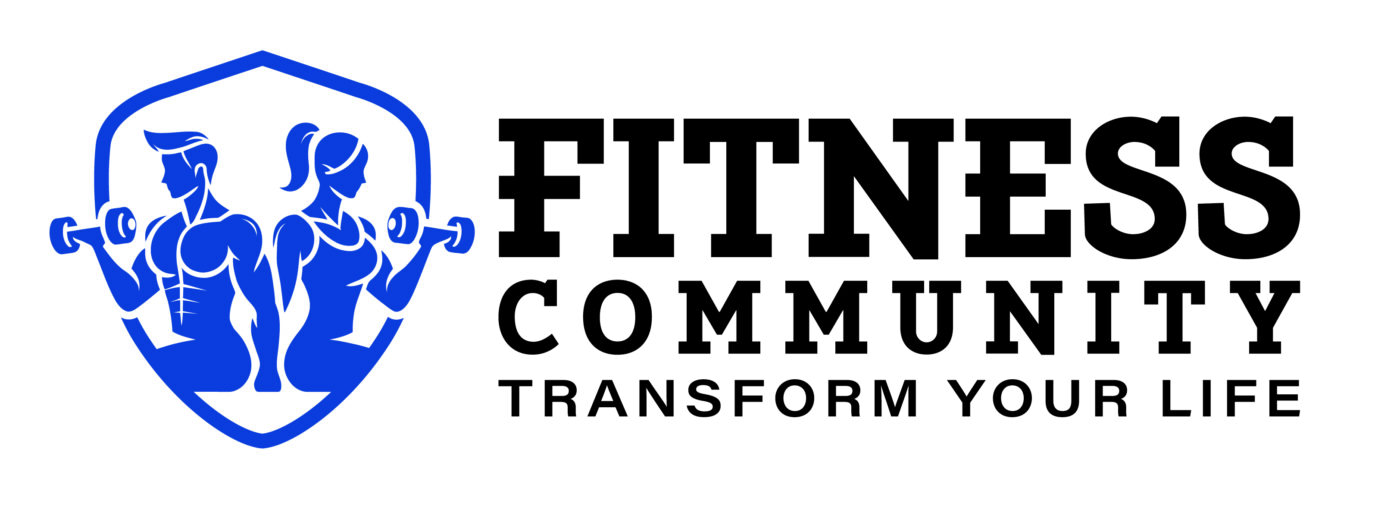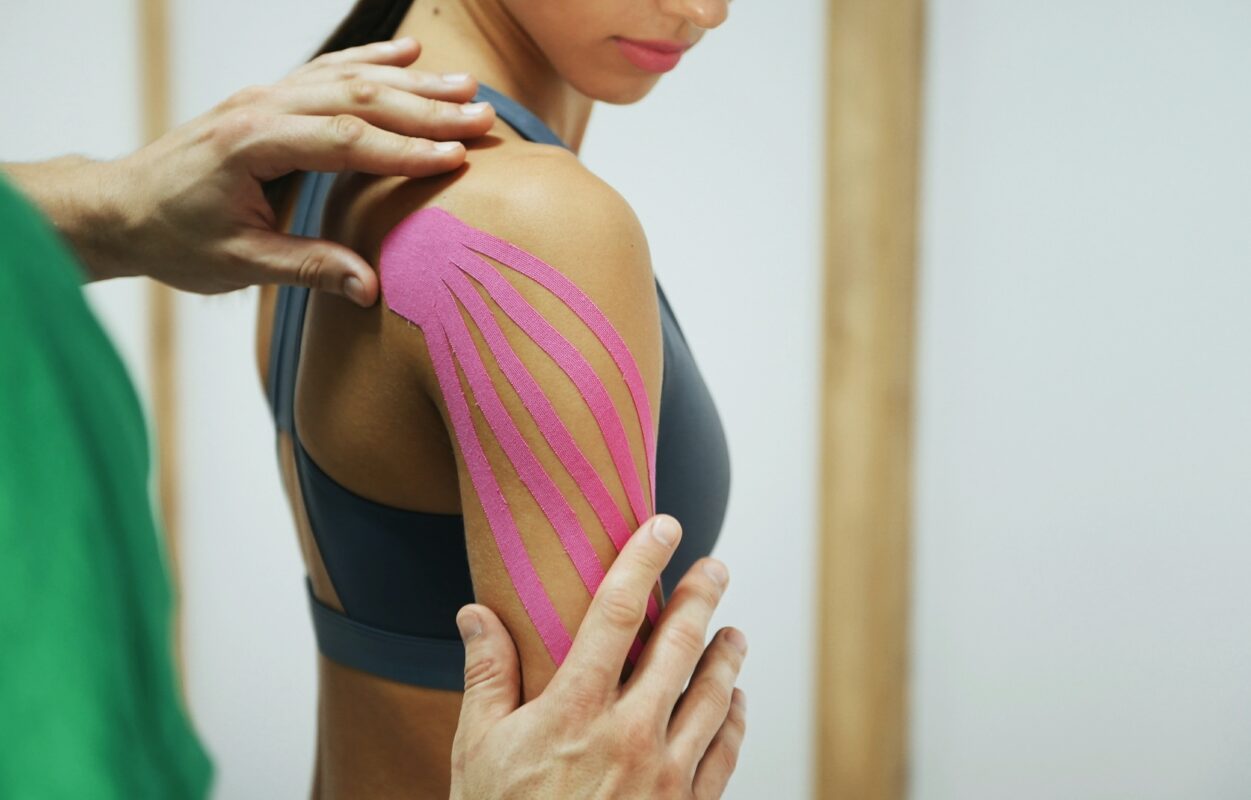FLEXIBILITY AND MOBILITY
Preventing Rotator Cuff Tendinitis: Symptoms, Diagnosis, Treatment, and Exercises
Rotator cuff tendinitis, also known as an impinged shoulder or impingement syndrome, is a condition characterized by inflammation of the connective tissues that assist shoulder movement. It can cause significant pain and hinder daily activities. Mild cases of tendinitis can be managed with rest, home remedies, and specific exercises, while more severe cases may require steroid injections or surgery.
Symptoms:
- Initially, symptoms may include shoulder stiffness, minor pain, and swelling at the front of the shoulder.
- Pain when raising or lowering the arm, shoulder stiffness, and persistent discomfort even at rest are common symptoms.
- Other signs include swelling and tenderness at the front of the shoulder, pain radiating from the front to the side of the shoulder, sharp pain during reaching or lifting, and clicking sounds during shoulder movement.
- Activities like pitching a baseball, serving a tennis ball, or swimming can exacerbate the pain.
Diagnosis:
- A doctor will inquire about symptoms and conduct a physical examination.
- Imaging tests, such as MRI or ultrasound scans, may be ordered to assess inflammation, fluid, tears, or bone spurs.
Treatment options:
- Nonsurgical treatments are typically recommended for minor to mild cases and involve resting the shoulder, applying cold packs, avoiding sleeping on the affected side, and taking nonsteroidal anti-inflammatory drugs or pain medications.
- Physical therapy can help improve symptoms and restore shoulder function through stretches and strengthening exercises.
- Steroid injections may be administered if symptoms persist, while surgery is considered as a last resort for severe cases.
Exercises:
- Pendulum exercise: Lean forward, rest one hand on a flat surface, and swing the unsupported arm in various directions. Repeat on both sides.
- Crossover exercise: Stand straight, gently pull the opposite arm across the chest, hold for 30 seconds, and repeat on the other side.
- Backwards pull exercise: Stand straight, hold a lightweight stick behind the body, and slowly pull it to one side without pain. Hold for 30 seconds and repeat on the other side.
Surgery:
- Surgery may be recommended if other treatments fail to alleviate symptoms, depending on the severity of tendinitis, tendon damage, age, overall health, and physical demands.
- The procedure involves removing portions of the bursa and, if necessary, a piece of the acromion.
- Recovery usually takes 2-4 months and involves wearing a sling initially, followed by stretching and strengthening exercises.
Prevention:
- Avoiding or limiting activities that irritate the shoulder can help prevent rotator cuff tendinitis.
- Proper technique in sports and regular stretching can minimize shoulder irritation.
- Maintaining good posture, taking breaks from repetitive motions, and using correct lifting techniques are essential.
Complications:
- Untreated or severe tendinitis can lead to chronic pain, reduced mobility, difficulty with certain movements, reduced strength, and flexibility in shoulder, arm, chest, and back muscles.
- Surgery carries potential risks such as bleeding, scarring, tissue damage, and adverse reactions to medications.
In conclusion, early intervention and proper management can lead to a full recovery from rotator cuff tendinitis. Mild cases can be effectively treated with rest, home care, and exercises, while more severe cases may require medical interventions. It’s important to consult with a healthcare professional for an accurate diagnosis and appropriate treatment plan.

